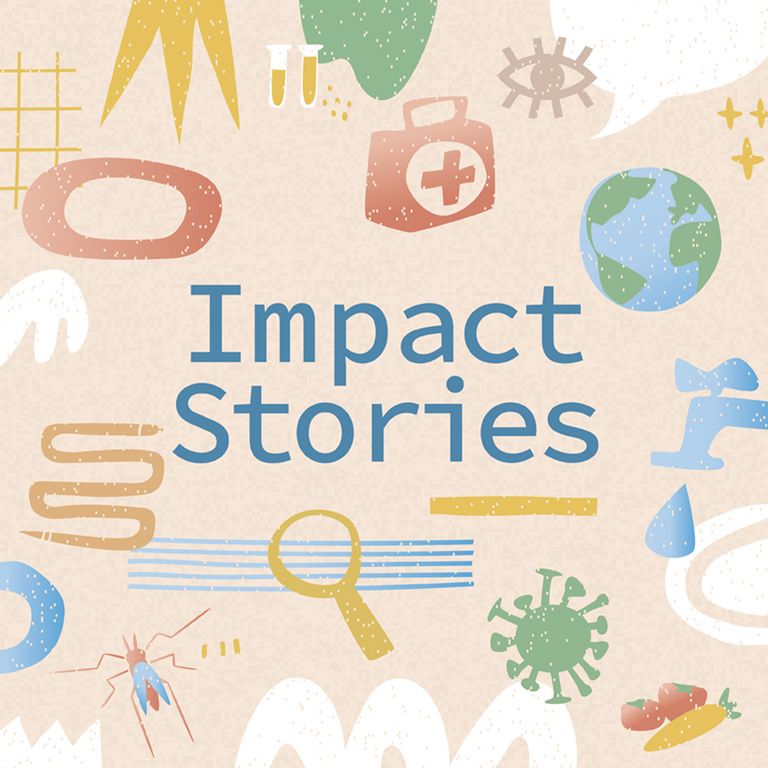


What role does gender play in our health? Sonja Merten, a professor at Swiss TPH and a lecturer at the University of Basel, discusses medical gender inequalities, menstrual health, and the importance of gender in research and teaching, particularly in the Global South, in the “Unisonar” podcast.
In this episode of the University of Basel's science podcast, we explore the frequently overlooked gender differences in medical care. Professor Sonja Merten describes how deeply social patterns are embedded in diagnosis and therapy, and the consequences this has for female patients. "I find it astonishing that women are less accurately diagnosed and respond less well to treatment," she says, referring to the frequent misdiagnosis of heart attacks in women. Serious gender differences are particularly evident in emergency medicine, with potentially fatal consequences.
Gender not only describes identity but also has a tangible effect on health and illness. 'What is a woman?' What is a man? What professions do they pursue?' Questions like these demonstrate how social role models can influence health risks. Men are more frequently exposed to physical dangers, while women often experience the dual burden of work and family life. Ultimately, these differences are reflected in different disease profiles.
Inequality in the Global South
In the Global South, there are clear disparities in access to healthcare between the sexes. "In some cases, women have no income, so they have no access to healthcare." However, they tend to benefit more from reproductive health programmes than men, who are less likely to seek medical help.
Two specific research projects are examining cervical cancer screening and menstrual health. Both issues are heavily influenced by stigma, education, and infrastructure in regions affected by poverty.
Menstruation: an underestimated health issue
“It's astonishing that we don't examine more closely whether these products are actually safe for our health,” says Merten, referring to menstrual hygiene products. In hot, humid or arid regions, the incorrect use of these products can pose a health risk.
Nevertheless, hardly any research has been conducted into their safety. Stigmatisation also remains high, even in this country. 'We have a very distorted perception in our society, which continues to treat certain areas of the female body as taboo.'
Research as a driver for equality
One of science's goals is to provide impetus for social change. Merten sees progress being made through educational work and new research approaches, such as clinical studies on the vaginal microbiome in Cameroon and Peru. However, she also cautions:
“In ten to 15 years' time, I hope that we will no longer have to use the example of a woman's heart attack being misinterpreted as a panic attack, but I fear it will still happen.”
The greater participation of women in research and teaching is crucial to systematically integrate topics that have been neglected in the past, such as menstruation and gender health.